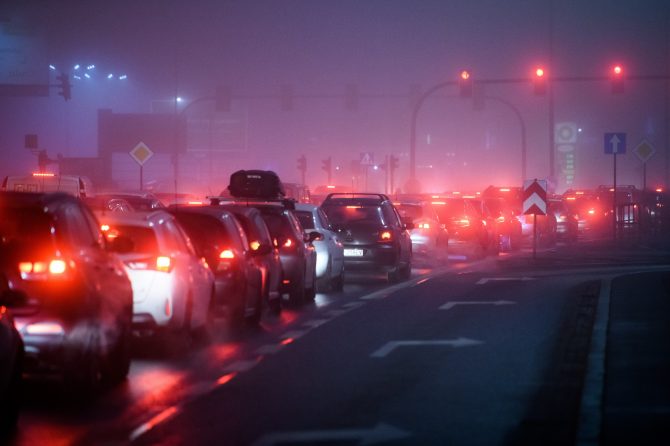
Dirty Old Town
In 2020 Spain was sanctioned by the EU regarding it’s lack of preventative measures in cleaning up the air in Madrid and parts of Barcelona.
The European High Court ruling claimed that between 2010 and 2018 Spain had persistently breached limits of nitrogen dioxide in the capital, Madrid and in parts of Barcelona. They also claimed that 9,000 deaths in Spain each year are directly attributable to nitrogen dioxide, citing data from the European environment agency.
This is the same European agency that in 2005 launched the zero pollution action plan, which aims to half the number of direct deaths from air contamination in major European cities.
Poor air quality due to the presence of toxic contaminants at high concentrations poses a significant health risk.
Numerous pollutants can be found in the air, including:
Nitrogen oxides: NOx Particulate matter: PM2.5 and PM10 Tropospheric ozone: O3 Sulfur oxides: SOx Carbon monoxide and dioxide: CO and CO2 Hydrocarbons such as benzene, methane, toluene, etc. Metals such as lead, arsenic, mercury, etc.
In Madrid, the most relevant pollutants in terms of their health effects are:
Nitrogen dioxide: NO2
Breathing in minimal amounts of nitrogen oxides can lead to irritation in your eyes, nose, throat, and lungs, potentially inducing coughing, shortness of breath, fatigue, and nausea. Exposure to these low levels may also lead to the accumulation of fluid in the lungs within 1 or 2 days following exposure.
Inhaling elevated concentrations of nitrogen oxides can result in swift burning, spasms, and inflammation of tissues in the throat and upper respiratory tract. This exposure may lead to decreased oxygenation of body tissues, fluid accumulation in the lungs, and, in severe cases, fatalities.
Particulate matter: PM2.5 and PM10
Coarse (bigger) particles, called PM10, can irritate your eyes, nose, and throat. Dust from roads, farms, dry riverbeds, construction sites, and mines are types of PM10. Fine (smaller) particles, called PM2.5, are more dangerous because they can get into the deep parts of your lungs — or even into your blood.
Both nitrogen dioxide and particle matter 2.5 are known to have detrimental effects on children from the womb to adulthood and in the European union, over 1,200 deaths of people under 18 years old are attributable to air pollution each year.
In Madrid the autonomous community has put into place a series of measures to reduce the levels of air contamination in their Plan Azul 2013- 2020
For monitoring and controlling the levels of atmospheric pollutant emissions, the Community of Madrid has launched the Air Quality Control and Surveillance Network.
The primary purpose of this network is to record the concentration levels of the main atmospheric pollutants to define necessary actions or policies for achieving recommended air quality levels for human health and the better preservation of the environment.
The Air Quality Network of the Community of Madrid consists of a set of fixed automatic stations distributed throughout the territory of the Community of Madrid, as well as a mobile laboratory. These stations detect and record the following pollutants:
- Sulfur dioxide – SO2
- Nitrogen dioxide and nitrogen oxides – NO2 and NOx
- Suspended particles – PM 10
- Suspended particles – PM 2.5
- Lead (Pb)
- Carbon monoxide – CO
- Benzene – C6H6
- Ozone – O3
- Arsenic, Cadmium, Nickel, and Benzo(a)pyrene
The good news is that in 2022 Madrid complied with EU normative relating to contaminated air for the first time and this has been in a large measure due to the implementation of a ULEZ zone within the perimeter of the M30, where during 2022 reductions in the air pollution have been registered by the air quality network of Madrid.
Hopefully soon we can all breathe a bit more easily.
Leave a reply




Leave a reply